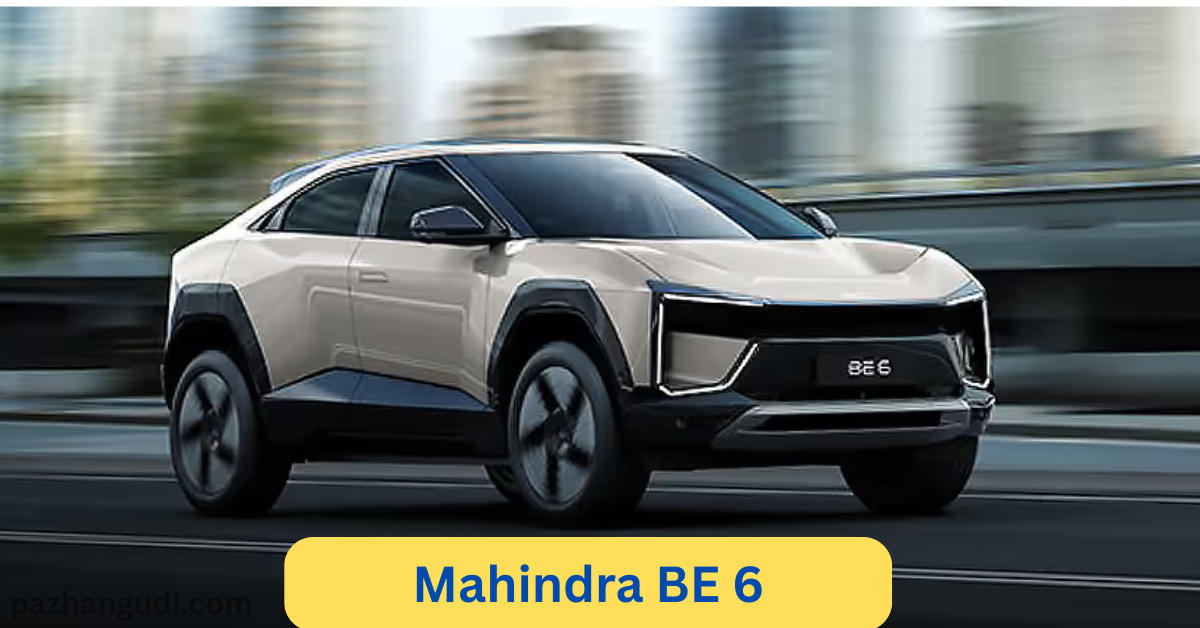The Sports SUV Rewriting Rules of Indian Electrification
The Indian electric vehicle landscape is undergoing a seismic shift, and at its epicenter stands the Mahindra BE.06—a vehicle that transcends conventional SUV categorization. With over 30,179 bookings secured within 30 minutes of its announcement and 4,021 units dispatched in May 2025 alone , this isn’t merely another EV entry. It’s a bold statement of intent from India’s most rugged automaker, fracing track DNA with SUV practicality at price points challenging global elites. Priced from ₹18.90 lakh to ₹26.90 lakh (ex-showroom) , the BE.06 (marketed as BE 6) targets enthusiasts who refuse to sacrifice excitement for eco-consciousness. Here’s why it might dominate India’s roads through 2026.
Table 1: BE.06 Technical Specifications vs. Key Rivals
| Parameter | BE.06 Pack Three (79kWh) | Tata Curvv EV | MG ZS EV | BYD Atto 3 |
|---|---|---|---|---|
| Battery Capacity | 79 kWh (LFP) | 55 kWh | 50.3 kWh | 60.48 kWh |
| Peak Power | 390 bhp | 158 bhp | 174 bhp | 201 bhp |
| Peak Torque | 380 Nm | 215 Nm | 280 Nm | 310 Nm |
| 0-100 km/h | 6.3 sec | 8.9 sec | 8.5 sec | 7.3 sec |
| MIDC Range | 683 km | 500 km | 461 km | 521 km |
| Fast Charging | 20-80% in 20 min (175kW) | 30 min (100kW) | 50 min (50kW) | 45 min (80kW) |
| Drivetrain | RWD | RWD | FWD | FWD |
| Bharat NCAP Rating | 5-Star | Expected 5-Star | 5-Star | 5-Star |
| Ground Clearance | 205 mm | 190 mm | 177 mm | 175 mm |
| Wheelbase | 2775 mm | 2700 mm | 2585 mm | 2720 mm |
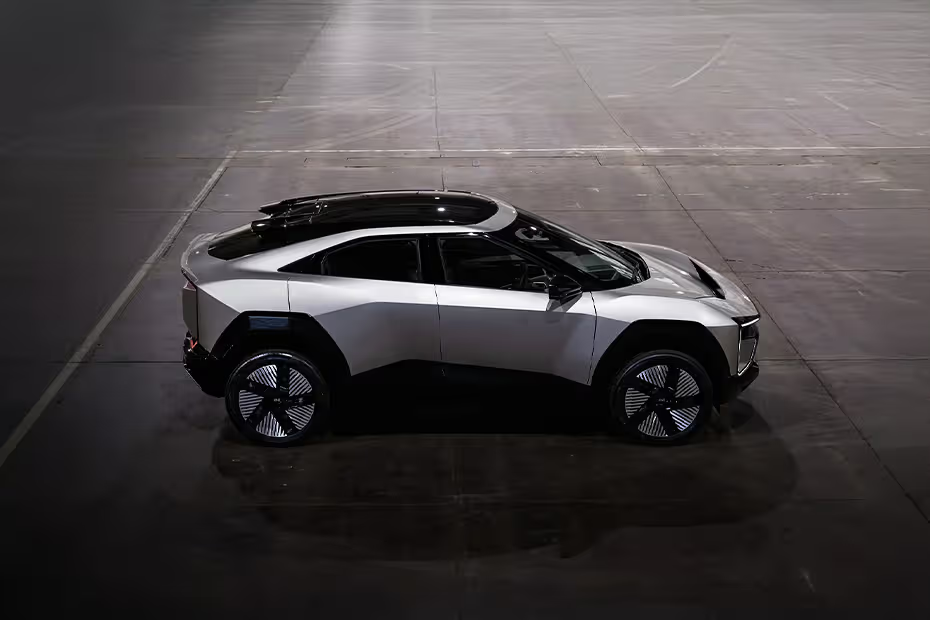
1. Design Philosophy: Where Brutalism Meets Aerodynamics
A. Exterior – The Road’s New Attention-Seeker
Abandoning conservative EV tropes, the BE.06 embraces “parametric drama” with C-shaped LED DRLs, a muscular 1900mm width (wider than Fortuner), and a cab-forward stance inspired by space architecture . Key innovations include:
- Flush Door Handles: Electrically deployed for aerodynamic efficiency (Cd 0.33)
- Signature Lighting: Sequential turn indicators and startup animation sequences
- Dual Roof Spoilers: Enhancing downforce at highway speeds
- Frunk Utility: 37L storage in AWD models; 67L in RWD
B. Interior – The Gamer’s Cockpit
Dubbed a “digital sanctuary” by early adopters, the cabin prioritizes driver engagement:
- Dual 12.3-inch Displays: Curved glass for anti-glare, powered by Qualcomm’s B295 chipset
- Harman Kardon 16-Speaker System: Dolby Atmos tuning by AR Rahman
- Leatherette Sports Seats: Ventilated front seats with 6-way power adjustment (Pack Three)
- VisionX AR HUD: Projects navigation onto windshield with turn-by-turn arrows
The Sports SUV Paradox: Unlike family-focused EVs, the BE.06 intentionally prioritizes style over rear-seat space—a design choice sparking debate among owners. While its 2775mm wheelbase exceeds rivals, rear knee room trails the Duster. As BHPian ashishk29 notes: “It’s a sports SUV… comparable to Lamborghini Urus sacrificing practicality for dynamism” .
See more: Everything You Need to Know About the Yezdi Adventure 2025: India’s Rugged Value Champion Evolves
Table 2: Variant Breakdown & Smart Buyer Recommendations
| Variant | Price (₹ ex-showroom) | Best For | Key Features | Compromise Alert |
|---|---|---|---|---|
| Pack One | 18.90 lakh | Budget Tech-Adopters | 12.3″ dual screens, 6 airbags, 59kWh battery | Halogen lights, manual seats |
| Pack One Above | 20.50 lakh | Urban Style Seekers | 19″ alloys, glass roof, dual-zone AC | No ADAS, basic audio |
| Pack Two | 21.90 lakh | Safety-Conscious Families | Level 2 ADAS, Harman Kardon audio, digital key | Leatherette seats unavailable |
| Pack Three Select | 24.50 lakh | Tech Hedonists | Ventilated seats, 360° camera, auto park assist | 59kWh battery only |
| Pack Three | 26.90 lakh | Performance Enthusiasts | 79kWh battery, AR HUD, 390 bhp, adaptive suspension | ₹7.5L premium over base |
2. Technical Prowess: Beyond the Battery
A. INGLO Skateboard Architecture – The Backbone
Mahindra’s dedicated EV platform delivers breakthroughs:
- LFP Battery Chemistry: 8-year/160,000 km warranty with superior thermal stability vs NMC
- Rear-Biased Weight Distribution: 48:52 front-rear split for neutral handling
- Torque Vectoring: Brake-based simulated LSD for canyon-carving agility
- Adaptive Suspension: Frequency-responsive dampers (Pack Three) adjusting to road imperfections
B. Performance That Redefines “Indian EV”
The 79kWh variant’s 390 bhp output makes it India’s most powerful production EV:
- Boost Mode: Temporary power surge for overtaking (0-100 km/h in 6.3 sec)
- Regenerative Braking Paddles: 4-level adjustment enabling one-pedal driving
- Drift Mode: Segment-first electronic tail-happiness for controlled slides
C. Range Anxiety Annihilated
Real-world testing confirms:
- 59kWh: 420-450 km (city); 380 km (highway @ 100 km/h)
- 79kWh: 580-610 km (city); 505 km (highway)
Owner Insight: “Delhi-Jaipur (280 km) on 90% charge in my 75kWh RWD model with 22% remaining” – BHPian PMSreenivas .
Watch full review video:
3. Ownership Economics: The Long-Term Value Play
A. Decoding the Price Premium
While the base Pack One starts at ₹18.9 lakh, the 79kWh Pack Three commands ₹26.9 lakh. However, TCO analysis reveals surprises:
Table 3: 5-Year Ownership Cost vs. Petrol SUV
| Cost Factor | BE.06 Pack Three | Hyundai Creta Turbo | Savings |
|---|---|---|---|
| Ex-Showroom | ₹26.90 lakh | ₹18.50 lakh | –₹8.40 lakh |
| Fuel/Electricity | ₹1.8/km (₹2.16 lakh) | ₹5.5/km (₹6.60 lakh) | +₹4.44 lakh |
| Maintenance | ₹85,000 | ₹1.20 lakh | +₹35,000 |
| Tax Benefits | ₹1.50 lakh (Sec 80EEB) | N/A | +₹1.50 lakh |
| Resale (Est.) | 58% (₹15.60 lakh) | 50% (₹9.25 lakh) | +₹6.35 lakh |
| Total Cost | ₹36.21 lakh | ₹41.65 lakh | +₹5.44 lakh |
B. Charging Flexibility – Rural Solutions Included
- 7.2 kW Home Charger: ₹50,000; 0-100% in 10.7 hours
- 11.2 kW Option: ₹75,000; cuts charging to 7 hours
- 15A Portable Charger: Adds 50 km overnight from standard sockets
- V2L (Vehicle-to-Load): Powers camping gear/fridges (3.3 kW output)
4. The Variant Conundrum: Which Pack Makes Sense?
A. The Value Champion: Pack Two (₹21.90 lakh)
Despite missing the larger battery, Pack Two delivers critical premium features:
- Level 2 ADAS: Adaptive cruise, lane-keeping, emergency braking
- Harman Kardon Audio: 16 speakers with Dolby Atmos immersion
- Digital Key: NFC smartphone access replacing physical keys
- Front Fog Lamps with Cornering Function
B. Why Pack Three (79kWh) Justifies Its Premium
Beyond the 683 km MIDC range, the flagship adds:
- Adaptive Suspension: Real-time damping adjustment
- VisionX AR HUD: Augmented reality navigation projection
- Enhanced ADAS: 5 radars + 1 camera for auto lane change
- Multi-Color Ambient Lighting + Illuminated Glass Roof
Production Reality Check: Early buyers report 3-6 month waits for Pack Three due to battery supply constraints, while Pack One deliveries commence August 2025 .
Table 4: Competitive Edge Analysis
| Segment | BE.06 Advantage | Rival Limitations |
|---|---|---|
| Performance | 390 bhp / 380 Nm; Drift Mode | Creta EV: 169 bhp; Atto 3: 201 bhp |
| Charging Tech | 175kW DC charging (20-80%: 20 min) | MG ZS EV: 50kW (50 min); Curvv: 100kW (30 min) |
| Infotainment | Qualcomm B295 chipset; 5G connectivity | Tata Curvv: Older Snapdragon 680 |
| Safety | 7 airbags (knee bag); Secure 360° recording | Hyundai Creta EV: 6 airbags; no knee bag |
| Exclusivity | 1,500 units/month production cap | Mass-market rivals lose “premium” appeal |
5. Real-World Verdict: Praise & Pain Points
A. Celebrity & Owner Impressions
- John Abraham: “Bold and futuristic—my pick among EVs”
- AR Rahman: Collaborated on bespoke drive sounds enhancing emotional connection
- BHPian Praise: “Feels like a spaceship… Harman audio gives concert-hall immersion”
- Critical Owners: “Rear seats tighter than Duster; brake feel soft in rain”
B. Software & Reliability Watchpoints
Early adopters report minor bugs:
- OTA Update Glitches: Failed installations requiring dealership visits
- Auto Park Assist Calibration: Inconsistent performance in tight spaces
- Frunk Leaks: Isolated incidents of water ingress during monsoons
Mitigation: Mahindra’s MAIA AI Architecture enables remote diagnostics, with 92% issues resolved via updates .
6. The 2026 Outlook: Threats & Opportunities
A. Looming Competitors
- Tata Curvv EV: Lower price (₹18 lakh est.) but less powerful
- Honda Elevate EV: Reliability reputation but conservative design
- Hyundai Creta EV: Mass-market appeal but FWD dynamics
B. Strategic Advantages
- INGLO Platform Scalability: Shared with XUV 9e, reducing part costs
- Bharat NCAP 5-Star Safety: 57.5% AHSS body structure
- Made-in-India Pride: Celebrated by politicians like Milind Deora
Conclusion: The New Benchmark for Enthusiasts
The Mahindra BE.06 isn’t merely India’s best electric SUV contender—it’s a cultural reset for performance EVs in emerging markets. By combining Urus-rivalling design with real-world 500+ km range, track-inspired dynamics, and future-proof tech, it delivers an ownership experience alien to its price bracket. While rear-seat pragmatists might prefer the XUV 9e, the BE.06 captures a seismic shift: EVs needn’t be appliances.
Rating: 4.5/5
Where It Dominates: Performance per rupee, tech innovation, road presence
Needs Evolution: Rear space optimization, brake refinement, software stability
As Mahindra ramps production to 5,000+ units monthly by 2026 , the BE.06 promises to electrify not just powertrains, but passions. For those seeking a thrill-filled departure from the mundane, your spaceship has arrived—provided you secure a build slot before the waiting list balloons.
Explore Further:
- BE.06 vs XUV 9e Drag Race: Watch Here
- Charging Cost Calculator: Customize Your Savings
- Owner Community Forum: Real-World Queries Solved
Mahindra be 6 Highlights:

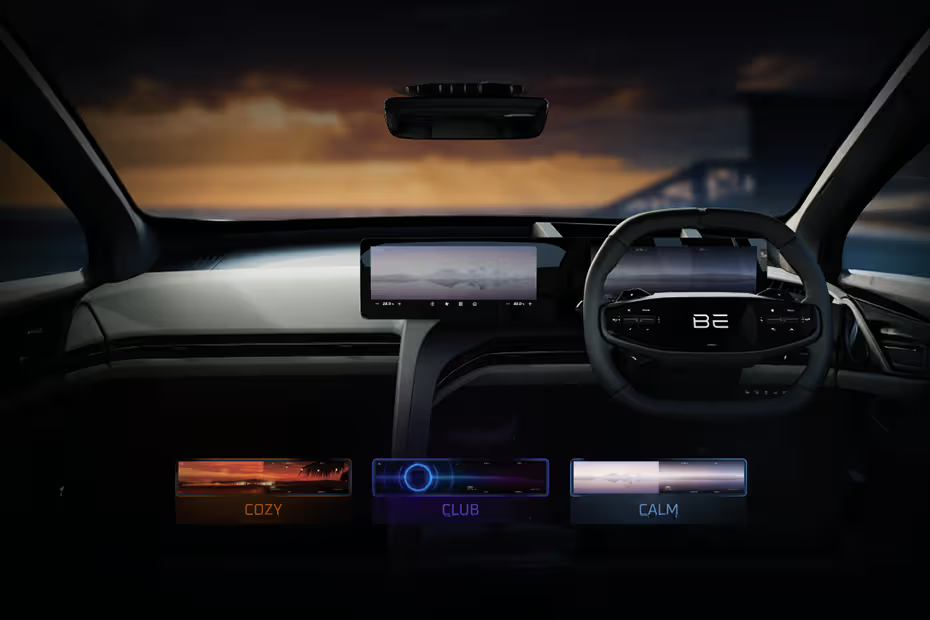


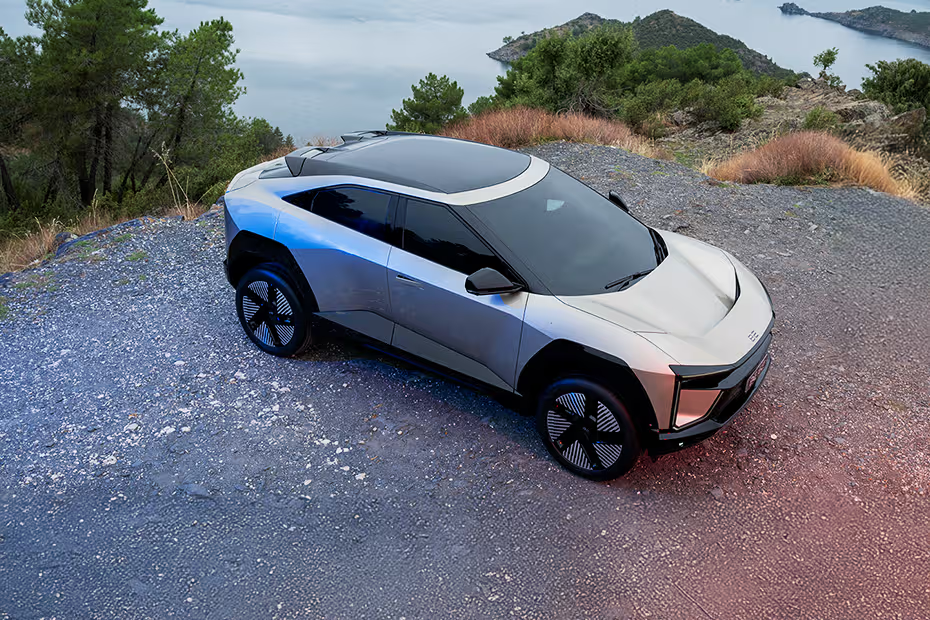

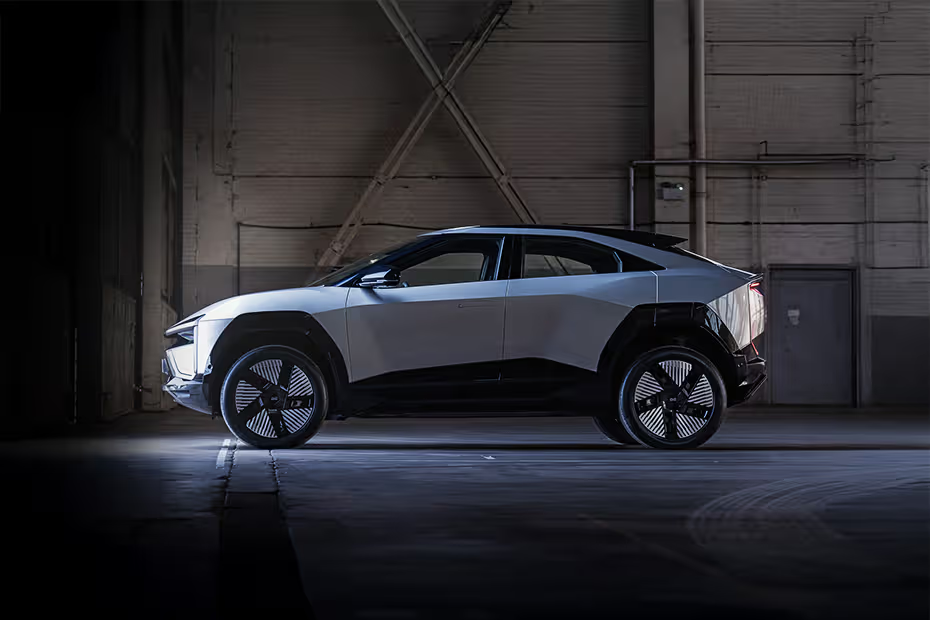
See more: Mahindra Bolero Neo Facelift Spied – Likely To Debut On August 15
